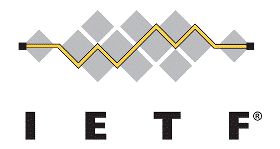 A new draft memo from the IETF "describes a mobile communications use case for congestion exposure (CONEX) with a particular focus on mobile communication networks such as 3GPP LTE. The draft describes the architecture of these networks (access and core networks), current QoS mechanisms and then discusses how congestion exposure concepts could be applied. Based on this, this memo suggests a set of requirements for CONEX mechanisms that particularly apply to mobile networks"
A new draft memo from the IETF "describes a mobile communications use case for congestion exposure (CONEX) with a particular focus on mobile communication networks such as 3GPP LTE. The draft describes the architecture of these networks (access and core networks), current QoS mechanisms and then discusses how congestion exposure concepts could be applied. Based on this, this memo suggests a set of requirements for CONEX mechanisms that particularly apply to mobile networks" See "Mobile Communication Congestion Exposure Scenario" - here. Authors are Dirk Kutscher (picture), Faisal Ghias Mir and Rolf Winter from NEC, Suresh Krishnan and Ying Zhang from Ericsson.
See "Mobile Communication Congestion Exposure Scenario" - here. Authors are Dirk Kutscher (picture), Faisal Ghias Mir and Rolf Winter from NEC, Suresh Krishnan and Ying Zhang from Ericsson. See also "IETF: Experiments to Harmonize P2P Technology with the Infrastructure" - here.
Draft for "Congestion Exposure (ConEx) Concepts and Abstract Mechanism" - here.




No comments:
Post a Comment